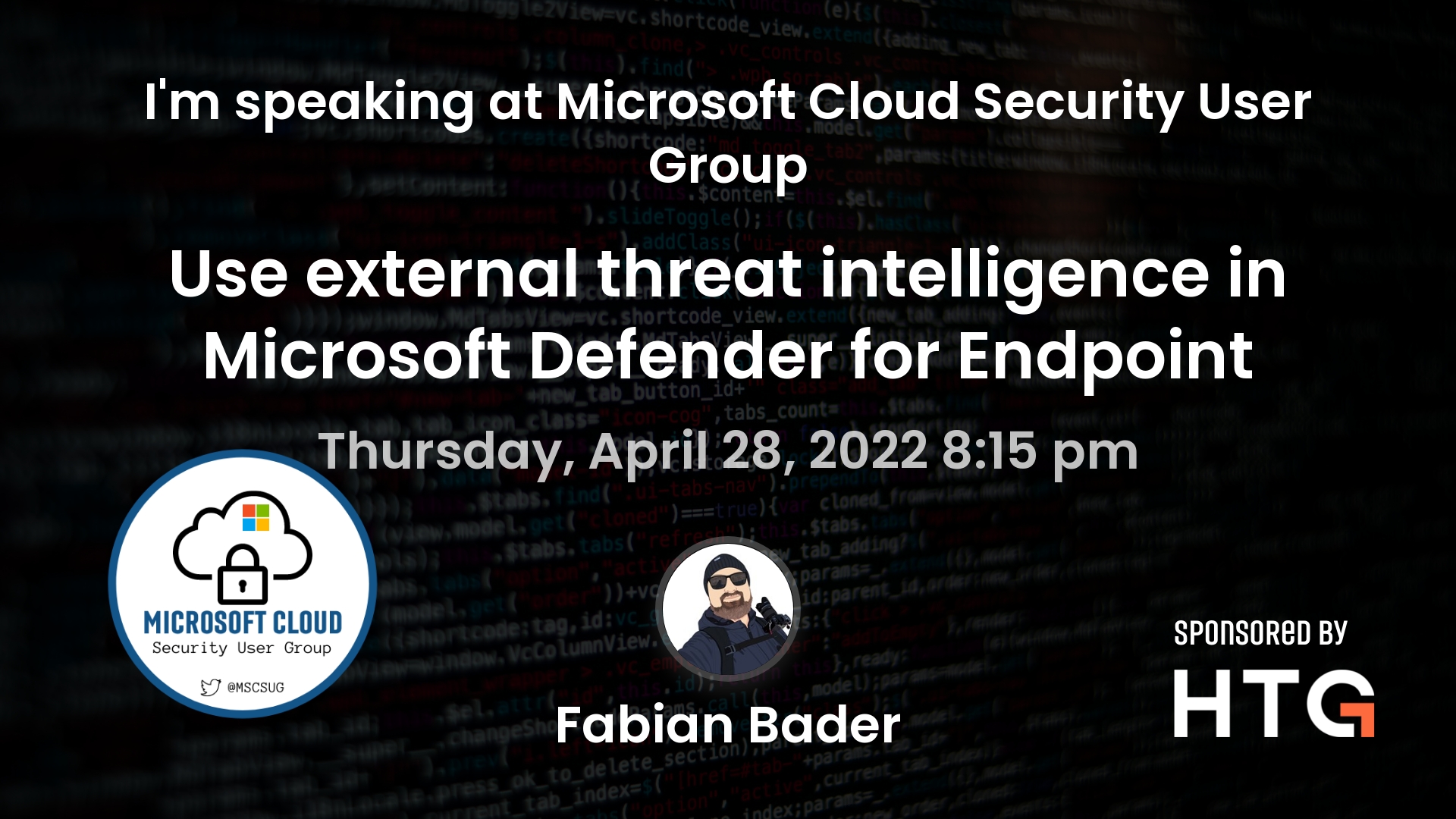One of the features of Microsoft Defender Antivirus that, in my opinion, is overlooked by most, is the ability to control the rollout of all components of Microsoft Defender Antivirus by selecting different release channels. This allows for a more gradual rollout of security intelligence updates, the engine as well as the AV platform.
Different update types But let’s take a step back and get a common understanding whats the difference between those different updates is and how they are deployed.
One thing that always makes analyzing Sign-In logs for Entra ID (Azure AD) users a bit complicated is the different types of Sign-In logs available.
For user accounts “Interactive user sign-ins” as well as “Non-interactive user sign-ins” are where to look. And don’t get me wrong, I love that we have the non-interactive logs available. They are super important and the separation is correct.
But when working with those logs in the Azure portal is get’s complicated fast.
Windows Hello for Business cloud trust is the latest addition to deployment methods that can be used for Windows Hello for Business.
Windows Hello for Business cloud trust Windows Hello for Business is Microsofts passwordless logon solution that uses an asymmetric key pair for authentication instead of using username and password. The private key is securely stored in the Trusted Platform Module (TPM), preventing the private key from getting leaked. All the technical complexity of the logon process is completely transparent to the user, she only has to unlock the credentials stored in the TPM using either a PIN or some kind biometrics.
Since Microsoft Defender for Endpoint is a suite of products, rather than just one single piece of software, there are various places where you can create exclusions for different features. Also, there are integrations in other products, that result in possible side effects when enabling certain settings.
Most of these products have separate documentations, there is no single documentation page that contains all the information about exclusions available in Microsoft Defender for Endpoint.
On Thursday, Mai 12th, I will be speaking at the Cloud Workplace Meetup virtual meetup. The topic of my talk is “Current limits of Defender AV Tamper Protection”.
Abstract Mit Microsoft Defender Tamper Protection bietet Microsoft einen essentiellen Baustein für die Absicherung der Antivirenlösung auf Endpoints, Server wir Clients zugleich. Die Funktion verhindert die Abschaltung der Schutzkomponenten und erschwert es Angreifern Ihren Payload unbemerkt zu starten.
In dieser Session erörtert Fabian Bader welche Bereiche der Antiviren Software durch diesen Schutz abgedeckt sind und zeigt auf welche Konfigurationsänderungen weiterhin möglich sind.
On Thursday, April 28th, I will be speaking at the Microsoft Cloud Security User Group virtual meetup. The topic of my talk is “Use external threat intelligence in Microsoft Defender for Endpoint”.
Abstract Extend alarming and protection capabilities of Microsoft Defender for Endpoint using external data sources. In this showcase Fabian Bader will demonstrate how easy you can tap into open source threat intelligence using the Feodo Tracker project and use it to protect your endpoints.





